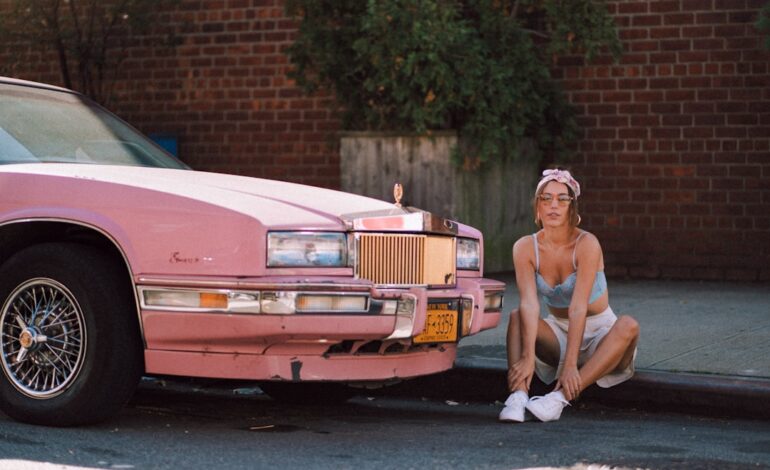From the catwalk to your closet: how fashion trends are really born
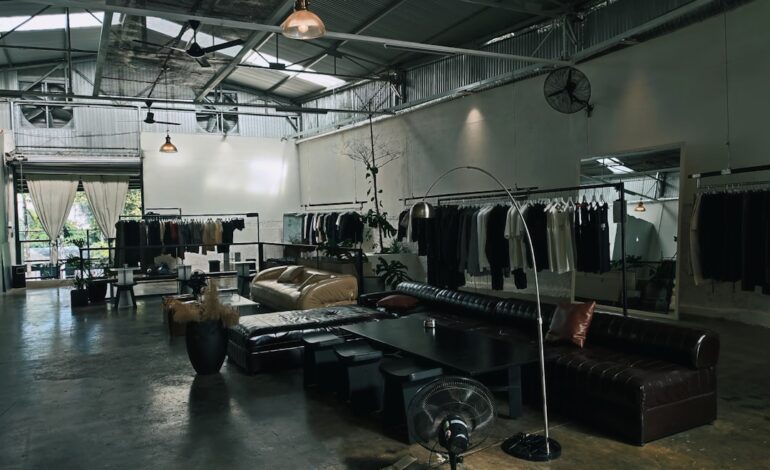
The magic behind the clothes you wear
Picture this: strobing lights, a pulsing soundtrack, and models striding down a runway in creations that look more like moving sculptures than actual clothing. It’s Fashion Week in Paris, Milan, or New York, and the designs are breathtaking, provocative, and… completely unwearable for a trip to the grocery store. Now, fast forward a few months. You’re scrolling through your favorite online shop and see a blouse with a familiar ruffled collar, or a dress in that exact shade of electric blue you saw on the catwalk. How did that happen? How does a fantastical, avant-garde runway concept transform into the clothes that fill our closets?
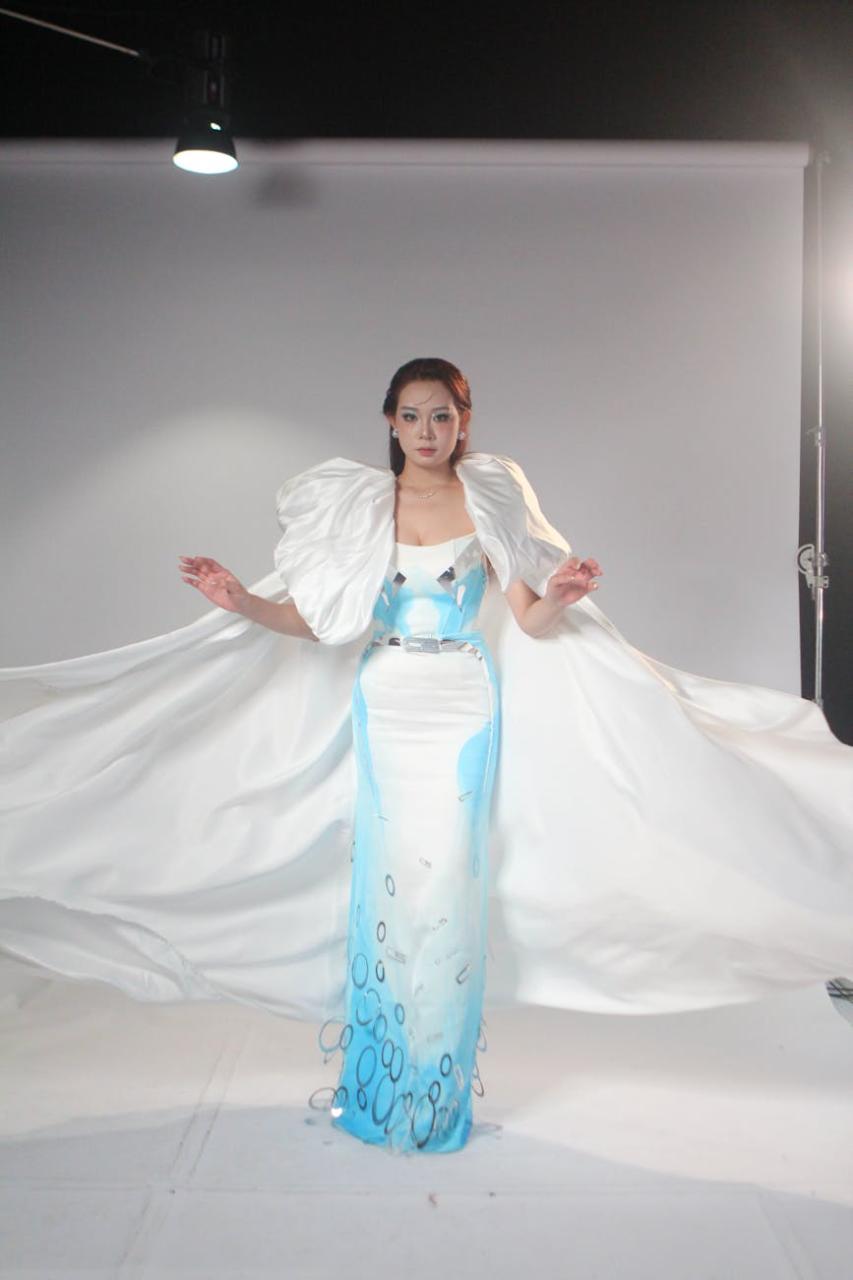
This journey, often called the ‘runway to retail’ process, is one of the most fascinating aspects of the fashion industry. It’s a complex dance of creativity, commerce, and culture that dictates what we’ll be excited to wear next season. Here at KIQIZ, we’re pulling back the velvet curtain to explore the evolution of a design, from a couturier’s initial spark of genius to the final, accessible piece you click ‘add to cart’ on. It’s a story of translation, influence, and innovation.
The birthplace of trends: the high-fashion runway
Everything begins with an idea. For a designer, a collection is more than just clothes; it’s a narrative. The runway show is the ultimate expression of this narrative, a form of performance art where the designer’s vision is presented in its purest, most undiluted form. It’s here that the seeds of future trends are sown.
Haute couture vs. ready-to-wear: the two faces of the catwalk
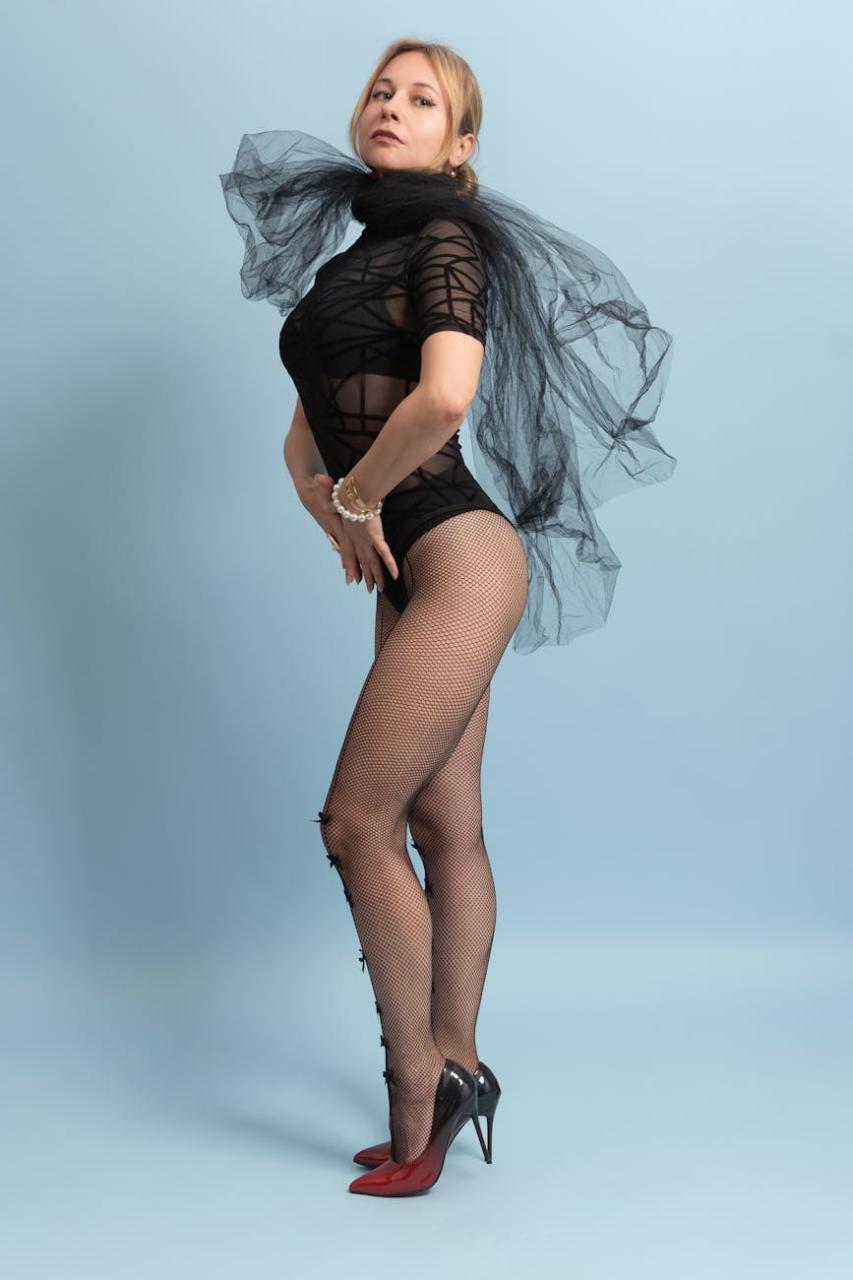
It’s crucial to understand that not all runway shows are the same. They primarily fall into two categories:
- Haute Couture: This is the pinnacle of fashion craftsmanship. French for “high dressmaking,” couture pieces are custom-made for a specific client, often by hand, using the most exquisite materials and time-consuming techniques. Think of the incredible, otherworldly creations from Schiaparelli or Iris van Herpen. These pieces are not meant for mass production. Their purpose is to showcase the designer’s ultimate skill and vision, acting as a laboratory for new ideas.
- Ready-to-Wear (Prêt-à-Porter): This is what most people mean when they talk about Fashion Week. These are the designer collections that, while still high-end and trend-setting, are produced in standard sizes and sold in boutiques and high-end department stores worldwide. A ready-to-wear show still features ‘showpieces’ to create drama, but the core of the collection consists of garments intended for sale.
The runway, in both forms, isn’t about selling every single piece you see. It’s about selling a mood, a silhouette, a color palette, and a story. It’s a statement of intent for the season ahead.
The great filter: from vision to commercial viability
An extravagant runway look rarely makes it to the shop floor unchanged. After the show’s final walk, a critical filtering process begins. This is where the art of fashion meets the reality of business, and where wild ideas are tamed for the real world.
The all-seeing eyes: buyers and the press
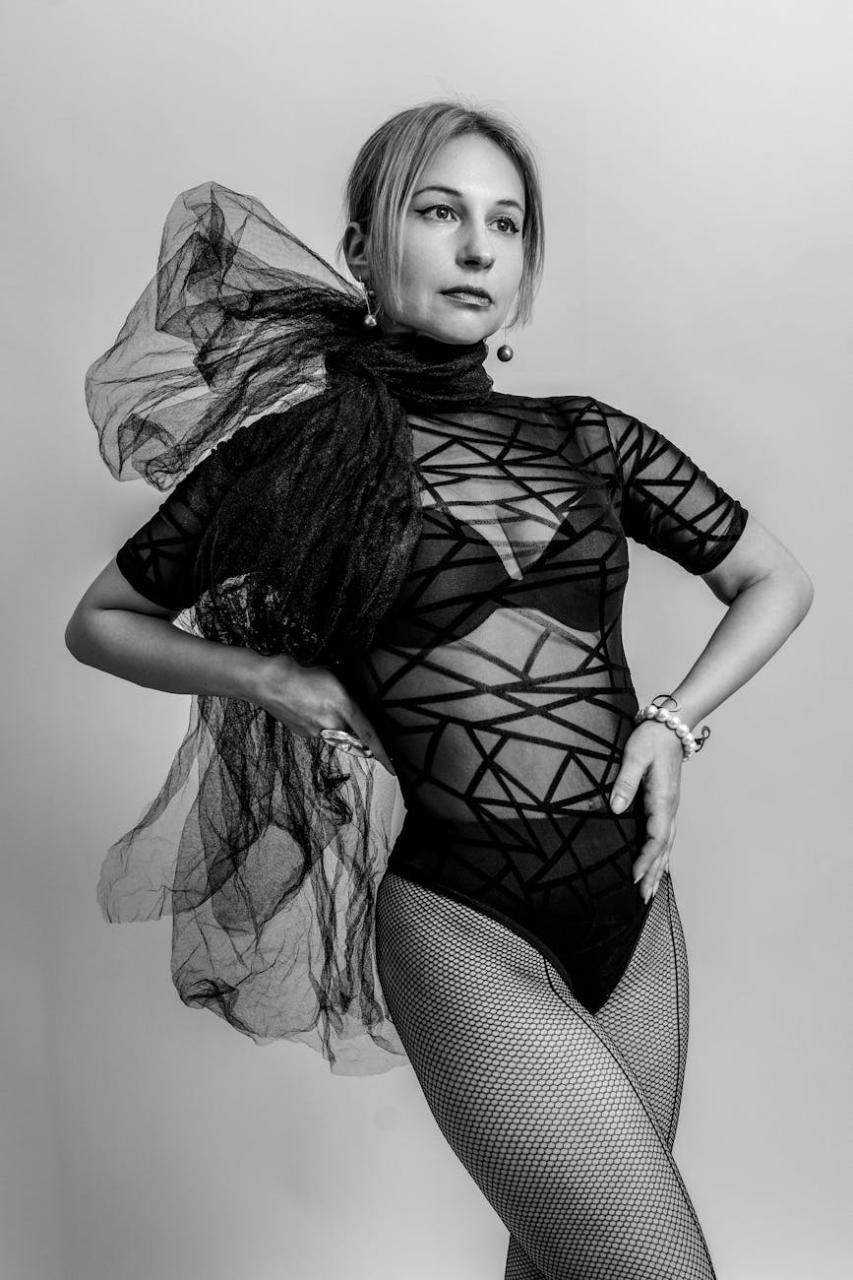
Sitting in the front row at any major fashion show are two of the most influential groups: fashion editors and retail buyers. Editors from publications like Vogue and Harper’s Bazaar are there to identify the key trends and anoint the season’s “must-have” looks. Their editorials and articles signal to the public what is officially ‘in’.
Meanwhile, buyers from department stores like Nordstrom, Selfridges, and Net-a-Porter are on a mission. They watch with a clinical eye, not just for beauty, but for commercial potential. They ask themselves: “Can I sell this? Will my customer understand this? Can this exaggerated sleeve be toned down? Is this color going to be a hit?” Their orders determine which pieces from a designer’s collection actually get produced and sold.
The art of translation: distilling the essence
This is where design teams work their real magic. They take the core concepts from the runway and translate them into more wearable, commercial items. This process involves several key adjustments:
- Simplifying the silhouette: A gown with a dramatic, ten-foot train might inspire a maxi dress with a more modest, flowing hem. A jacket with massive, architectural shoulders might become a blazer with a slightly padded, strong shoulder line.
- Swapping materials: A delicate, hand-beaded silk organza from the runway is not practical or affordable for most. The design team might recreate the pattern as a digital print on a durable viscose or cotton blend.
- Adapting the details: An abstract metal sculpture worn as a belt on the runway could be reinterpreted as a unique buckle design on a leather belt. A face full of crystals might inspire a sequined T-shirt.
The goal is to capture the spirit of the runway look, not to replicate it exactly. It’s about bottling that lightning of creativity into a product people can and will want to wear.
The celebrity effect: the ultimate accelerator
Nothing moves a trend from the niche world of high fashion to the mainstream faster than a celebrity. When an A-lister like Zendaya or Harry Styles wears a fresh-off-the-runway look on the red carpet, it instantly legitimizes the trend for millions. Often, they wear a slightly modified, more accessible version of the runway piece, providing a perfect bridge between the high-concept and the everyday. This single act can create enormous demand and signal to retailers that a particular style has massive potential.
Hitting the high street: the fast fashion phenomenon
Once a trend has been validated by the press, buyers, and celebrities, it’s ready for the mass market. This is where high-street and fast-fashion brands come in. Companies like Zara, H&M, and other online retailers have built their entire business models on their ability to rapidly interpret and produce runway trends at an affordable price.
The speed of adaptation
In the past, it could take six months to a year for a runway trend to trickle down to mainstream stores. Today, that timeline has been compressed to a matter of weeks. Fast fashion design teams are expert trend-spotters. They analyze runway shows, street style blogs, and social media to identify the most potent emerging styles. Their agile supply chains allow them to go from a design sketch to a product on the shop floor with breathtaking speed.
The process of mass-market simplification
To make a trend accessible to millions, further modifications are necessary. The process is a more extreme version of the translation done by high-end designers:
- Cost-effective materials: Genuine silk is replaced with polyester, cashmere with acrylic blends, and leather with polyurethane (PU).
- Simplified construction: Complex tailoring, intricate draping, and hand-sewn details are replaced with simpler seams and construction methods that are suitable for rapid, large-scale factory production.
- Fit for the masses: The fit is adjusted to appeal to a broader range of body types, often losing the specific, sharp tailoring of the original designer piece.
Let’s take an example: a deconstructed, oversized trench coat from a luxury brand like Balenciaga. By the time it hits the high street, it will likely be a standard-fit trench coat in a similar beige color, perhaps with one or two key details retained, like an exaggerated lapel or a unique belt, all produced in a cotton-poly blend to hit a target price point.
The feedback loop: how the street influences the runway
For decades, the flow of fashion was a one-way street: a ‘trickle-down’ from the elite designers to the masses. But in the age of social media, that has completely changed. The flow of inspiration is now a dynamic, two-way conversation.
The rise of the ‘bubble-up’ effect
Designers and trend forecasters now spend as much time looking at what’s happening on the streets of Tokyo, London, and Seoul as they do in their own ateliers. Street style, once a reaction to high fashion, is now a primary source of inspiration. Subcultures and organic trends born on platforms like TikTok and Instagram—think of aesthetics like ‘Cottagecore’, ‘Dark Academia’, or the Y2K revival—are now directly influencing what high-end designers create. If a certain way of styling a vintage jacket or a particular color combination suddenly goes viral, you can bet that versions of it will appear in a designer collection a season later.
Data-driven design
Retailers also have a powerful new tool: data. They can track in real-time what colors, styles, and items are selling best. This sales data provides a direct insight into consumer desires. This information is fed back up the chain, influencing not only what fast-fashion brands produce more of, but also informing the more commercial pieces in a luxury designer’s next ready-to-wear collection.
Your wardrobe is a story
The next time you pull a favorite sweater over your head or zip up a new pair of jeans, take a moment to consider its secret history. That piece of clothing is more than just fabric and thread. It’s the end result of an incredible journey—a journey that started as a wild idea in a designer’s mind, was filtered through the critical lens of editors and buyers, popularized by celebrities, and finally reinterpreted for your life.
From the catwalk to your closet, the evolution of a design is a testament to the constant dialogue between artistic expression and public desire. And now, more than ever, your choices, your style, and what you love to wear are a vital part of that conversation. What runway trend have you loved seeing make its way into stores? Let us know in the comments below!

